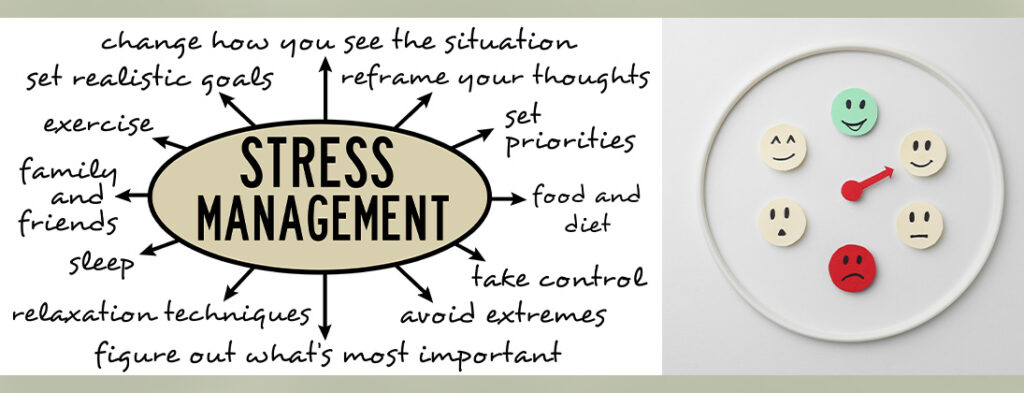Boundaries in Stress: What is too much?
Stress is often seen as bad, although not all stress is harmful. It is a physical and physiological reaction in response to demand. Dr. Safia Debar explains, “Stress that is good for us and may even give us a sense of well-being is eustress, the opposite of distress. The same event—for example, getting married—might provoke either one” (Theimer, 2023, para. 2). Eustress is positive and helpful in everyday tasks. In contrast, distress is unfavorable and can have lasting harmful effects.
Associate Professor of Psychology at Rochester University, Jeremy Jamieson states, “Stress is normal and even a defining feature of modern life” (Knispel, 2021, para. 5). Jamieson gives an example of a student preparing for a job interview, “They might perceive their racing heart and sweaty palms as signs they are about to “bomb” when the stress response is helping deliver oxygen to the brain and releasing hormones that mobilize energy” (Knispel, para. 5). Individuals will acquire complex interactive and cognitive skills throughout life. This is a stressful process that aids in development.
Someone who has constant and uncontrollable feelings of stress could be overloaded. Emotion regulation problems, a desire to isolate, and physical symptoms like chest pains, headaches, or trouble sleeping – are measurable signs of stress overload. An individual under extreme stress may experience mental health problems such as anxiety, panic attacks, and concentration problems. Physical signs include fatigue, muscle tension, gastrointestinal problems, and abnormal weight fluctuations.
According to The Centers for Disease Control, “Adults with disabilities report experiencing frequent mental distress almost five times as often as adults without disabilities.” Doctors treat the physical symptoms of a disability but neglect the mental trauma reflected on the individual. The National Alliance of Mental Illness states, “For many people living with disabilities, physical care is the priority — but when a disability impacts a person’s quality of life, it can have a direct effect on all aspects of their well-being.” Stress occurs first in the mind and then shows through physical symptoms. Addressing mental health can reduce the intensity of physical symptoms.
Stress has become a typical conversation topic in society. There are ways to manage stress and avoid chronic health conditions. Not eating less, but eating differently; moving the body through exercise, reducing screen time, and time management strategies are practical paths of reducing chronic stress. If lifestyle changes are not helpful or show no progress, someone should seek professional assistance. Stress therapy helps those who feel overloaded regulate intense emotions and responses to stressful situations.
For individuals with disabilities, a respite stay allows them to get away, providing another way to manage their stress. Finding what works for you is important no matter what method you choose!
Resources
https://www.rochester.edu/newscenter/good-stress-response-benefits-488912/
https://www.medicalnewstoday.com/articles/how-much-stress-is-too-much#managing-stress
https://www.verywellhealth.com/stress-therapy-5218931
https://www.cdc.gov/ncbddd/disabilityandhealth/features/mental-health-for-all.html
https://www.kent.edu/equalaccess/news/stress-and-disabilities
https://www.cdc.gov/ncbddd/disabilityandhealth/features/mental-health-for-all.html


